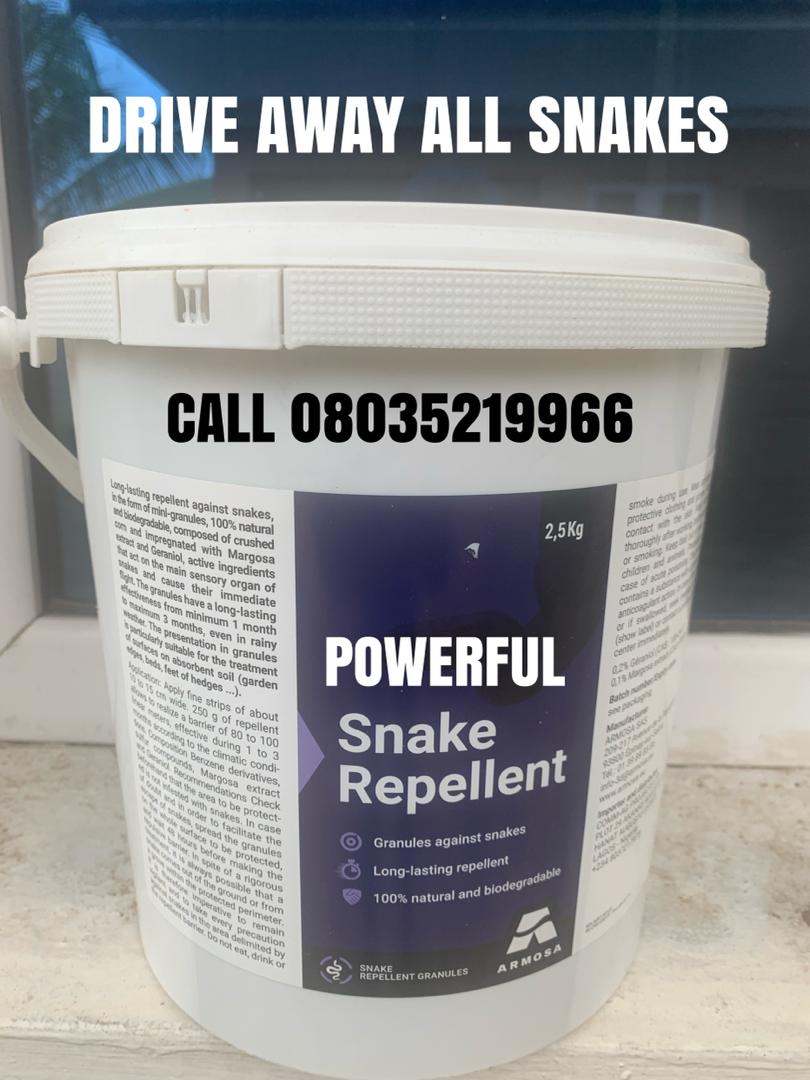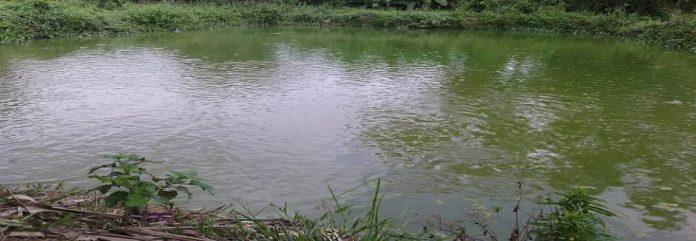 GET THIS NOW: AUTOMATED INCOME MACHINE
GET THIS NOW: AUTOMATED INCOME MACHINE
How To Effectively Manage Diseases in Earthen Ponds For Catfish Production
Disease management is a critical aspect of catfish production in earthen ponds. Effective disease management strategies can minimize losses, improve growth rates, and ensure sustainable production. In this article, we’ll explore the common diseases affecting catfish in earthen ponds and provide practical guidance on disease management.
 Learn More
Learn MoreCommon Diseases in Catfish
1. Columnaris: Bacterial disease causing lesions, fin erosion, and mortality.
2. Aeromonas: Bacterial disease leading to septicemia, hemorrhaging, and mortality.
3. *Ich* (White Spot Disease): Parasitic disease causing respiratory distress, skin lesions, and mortality.
4. Gill Disease: Fungal or bacterial infections affecting gill function and respiration.
5. Epizootic Ulcerative Syndrome (EUS): Fungal disease causing skin lesions, ulcers, and mortality.
Invest in this knowledge-packed ebook promptly.  20 questions to ask your poultry farm manager everyday
20 questions to ask your poultry farm manager everyday
Disease Management Strategies
1. Water Quality Management: Maintain optimal water quality parameters (pH, temperature, dissolved oxygen, ammonia).
2. Biosecurity: Implement strict biosecurity measures to prevent disease introduction.
3. Vaccination: Vaccinate fish against specific diseases (e.g., columnaris, aeromonas).
4. Parasite Control: Regularly monitor and control parasites (e.g., ich, gill lice).
5. Sanitation and Hygiene: Regularly clean and disinfect equipment, nets, and pond surroundings.
6. Monitoring and Early Detection: Regularly inspect fish for signs of disease.
READ ALSO How to Effectively Manage Earthen Ponds to Get Best Results in Catfish Production
7. Disease Diagnosis: Accurately diagnose diseases through laboratory testing or expert consultation.
8. Treatment and Management: Implement targeted treatments (e.g., antibiotics, antiparasitics) and management strategies.

Integrated Disease Management (IDM)
1. Combine Physical, Chemical, and Biological Controls: Use a holistic approach to disease management.
2. Rotate Treatments: Alternate treatments to minimize resistance development.
3. Monitor Treatment Efficacy: Regularly assess treatment effectiveness.
READ ALSO 6 lucrative aspects of catfish production
Best Management Practices (BMPs)
1. Regular Water Testing: Monitor water quality parameters.
2. Pond Preparation: Ensure pond cleanliness and sanitation before stocking.
3. Fish Health Monitoring: Regularly inspect fish for signs of disease.
4. Record Keeping: Maintain accurate records of disease incidence, treatment, and management.
Benefits of Effective Disease Management
1. Reduced Mortality: Minimize disease-related losses.
2. Improved Growth Rates: Optimize growth and production.
ATTENTION: Click “HERE” to join our WhatsApp group and receive More updates directly on your WhatsApp!
3. Increased Profitability: Reduce treatment costs and improve productivity.
4. Enhanced Food Safety: Ensure safe and healthy fish for human consumption.
Conclusion
Effective disease management is crucial for sustainable catfish production in earthen ponds. By implementing integrated disease management strategies, best management practices, and maintaining optimal water quality, farmers can minimize disease incidence, improve growth rates, and ensure profitable production.















